Before you have a conversation with your parents or partner about buying ski gear, allow me to educate you on how much it can cost. Then, we will find the nearest homeless shelter for you. Kidding! That’s exactly what I am here for, to prevent you from losing ownership of your home.
How? By enlightening you on what to look for while buying skis and the price differences between different sets of skis. This way, you can make your point backed up with logic and facts. They won’t be able to tell you to save money by staying in bed or out of it.
I mean, if you like your money on the snow, it is totally okay, but your arse without a roof on the streets is totally not okay. Money is important! And so is love! But have you tried paying your bills with a hug? Just saying.
Things can go south if you don’t know what to buy. Especially when there is a huge gap in price points, you get confused if you are doing a good deal or not. You need to consider various variables that affect the price of skis before you hit the shop.
Wondering how much do skis cost? Usually, a ski package for starters can cost about $700. To give you a good idea about what to expect while shopping, I have covered different issues in this article that talk about how different variables change the price and how much skis cost.
So, worry not about overpaying and getting homeless! Let’s take a dive and come out confident.
Things To Consider When Setting Your Ski Budget
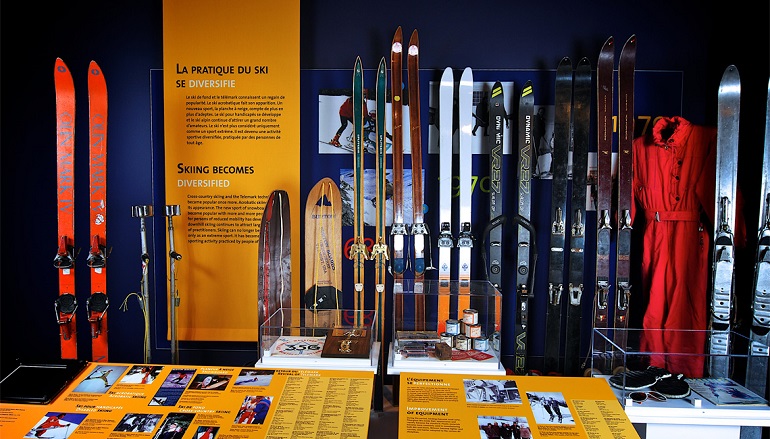
On average, a new ski setup will cost you anywhere between $600 to $1400. But that’s not it, you also need warmest ski boots and safest ski bindings, as well as poles, for your skis to perform their function. Did you forget your ski clothes? I see you are not prepared for a sky-high bill.
Worry not! Because I have good news for you. A beginner ski package comes far cheaper than any gear meant for a more advanced skier.
Guess what? On average, a beginner ski package can cost you about $700. The package includes ski boots, ski poles, skis, and ski bindings. To break it down further, the price of new skis would be around $400, $70 for poles, and $240 for boots.
Do you wonder why skill level has a part to play in the cost of skis? Let’s find the answer by digging deeper and exploring some other important factors as well which determine the price of the skis.
Experience Level
Some people are against the idea of buying your own skis when you have zero experience. To them, extremely expensive gear is not worth your investment when you don’t even know if you have developed a liking for the sport or not.
I mean, you didn’t buy it for decoration purposes, right? It has to be something more than just hitting slopes for a day or two.
Sometimes people tend to invest a hell lot on buying a ski setup meant for novices, then end up not enjoying skiing after all. What a shame and a waste of money! Always spend wisely.
I mean, if you enjoy the sight of Andrew nailing every run, it doesn’t mean snow will behave nicely toward you as well. It might flunk you out because nobody likes a jackass on a gold throne!
Some white walker might come your way and make you dislike the sport. So, if you are just trying, then buying pre-owned skis for a fraction of your money is a good option too.
If you still want to buy new skis, let me tell you that skis are designed differently for different riders. The user’s ability and skiing experience is highly considered by the manufacturer while preparing. So, if you are new to skiing, let me tell you that buying expensive skis doesn’t mean promised success.
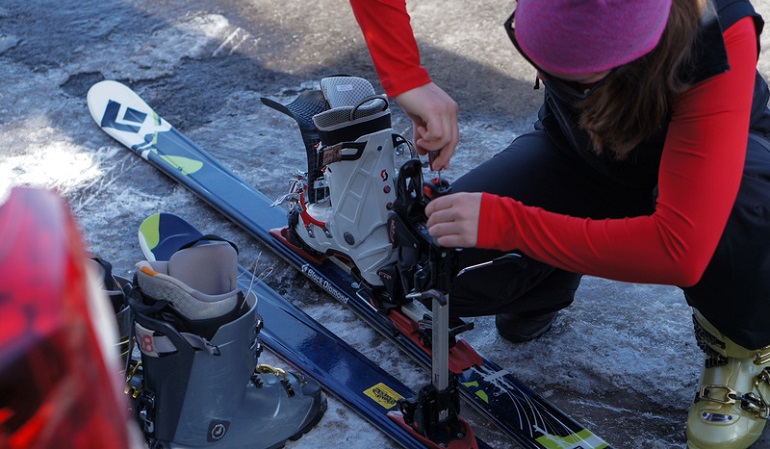
The learning curve of the sport highly depends on the one practicing it. So, buying something that is beyond your ability is only going to make you fall flat face. Beginners always desire something forgiving. They dream of balance and control. Beginner skis are cheaper, flexible, lightweight, and forgiving.
Over time, you make your way to more challenging levels, and each level demands a particular gear.
As you advance further, your ability level rises, and so does the cost of skis. Why? Professional skis are made highly sturdy, more resilient, and tough, such qualities and the tech built into them make it cost you more. On the contrary, beginner skis are mostly low quality and cost cheap.
A more advanced skier will be skiing aggressively and more fiercely than a newbie obviously, which makes it mandatory for them to buy advanced skis to bear stress when under pressure. Expert skiers might also prefer to get their own car top ski carrier for transporting their gear conveniently.
Size
Like every other sport, the size of the ski equipment also varies according to the user. Hence, you will find different sizes, both longer and shorter skis, on the market.
Well, your task is to find the perfect size for you. And how do you know what is your size? Allow me to answer that.
Your ski should complement your style, height, weight, and skiing ability. Trust me, there is no magic formula involved in finding the perfect ski size for you. You can always refer to the ski sizing chart and decide. Just remember that the proper length for you is somewhere between your chin and the top of your head.
Similarly, weight is equally important. A heavier rider can use skis that fall outside their ability level because they can handle it. Otherwise, it is a big no. A heavier skier will definitely apply more force on the skis than a lighter rider. In response, the skis will flex more and you don’t want to crash, do you?
Remember, the heavier you are, the wider your skis should be. Because the more surface area you get to distribute your weight on the better it is. Small skis will dig into the snow rather than glide on it. That’s a nay!
However, small skis have their own perks. They are good for sharp turn initiations, while long skis tend to tangle up. But you need to decide the length according to your weight and size. Just to let you know, longer skis come costly as compared to shorter ones.
Now you see? Weight does matter. I suggest you buy skis a level above your ability if your weight lies anywhere above 200 lbs. But if you are less than 105 pounds, skis for beginners might prove more suitable to you even if your ski level is up.
Type of Skis
As I mentioned earlier, different skis are designed for different purposes, not every piece can work for you. So you got to find the right one in the pool of thousands. If you are just a casual rider and not a competitor, I recommend you find a versatile set.
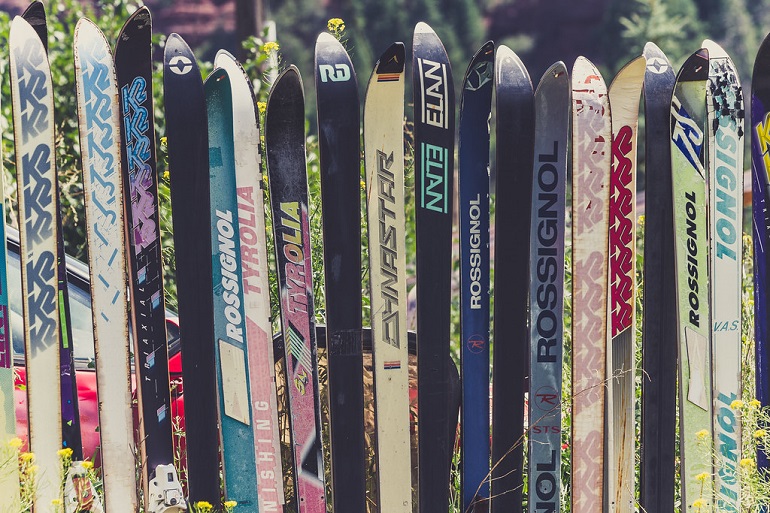
If you develop a style, you can pick one according to your taste. Not to mention, specialized skis cost more than the ones designed for novices.
You can pick from downhill skis, carving skis, race skis, powder skis, backcountry skis, park skis, cross-country skis, all-mountain skis, trick skis, and whatnot. Each type has something unique about it that makes it perfect for a specific function.
To take an example, you will find race skis heavier than any other ski type. As extra weight helps it dig into the snow when needed. While carving skis are made more recreational than race skis.
Unlike a race ski set, cross-country skiing demands a pair of skis that is much lighter and narrower. Like cross-country skis, trick skis are also narrower but smaller usually as the very long profile can be hard to handle while performing tricks. Such skis advocate speed.
On the flip side, all-mountain skis are a combo of all the styles I have mentioned above. This quality makes it a versatile option ideal for beginners and intermediates.
Pre-Owned or New
To save money, you can always find pre-owned skis. It is not a bad idea at all to try something before investing in it. That’s a wise move instead.
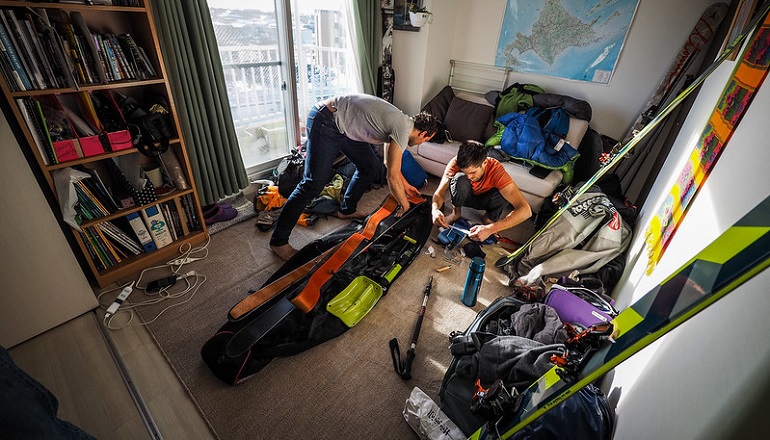
Once you try and find a level of liking for skiing, you can always make a bigger investment. If you are not a beginner but one passive rider, trust me, buying used skis is more in your favor.
However, if you love to nail runs every weekend, you might want to spend thousands of dollars on new gear. Skis straight out of the production line will boat high performance as they tend to glide well on snow than a pre-owned pair. No doubt, pre-owned skis will act differently on snow when it comes to gliding and performing tricks.
How To Save Money on Skis
That is one important question. There are multiple ways to keep a better part of the money in the bank, let’s explore some potential ones.
1. Buy Out of Season
Being a paladin of your skiing journey, skis tend to cost the most of your whole skiing equipment. They are most expensive especially in the winter as it is the season of Go. Everyone is hunting down the best skis to get them and land in the resorts to enjoy blissful days.
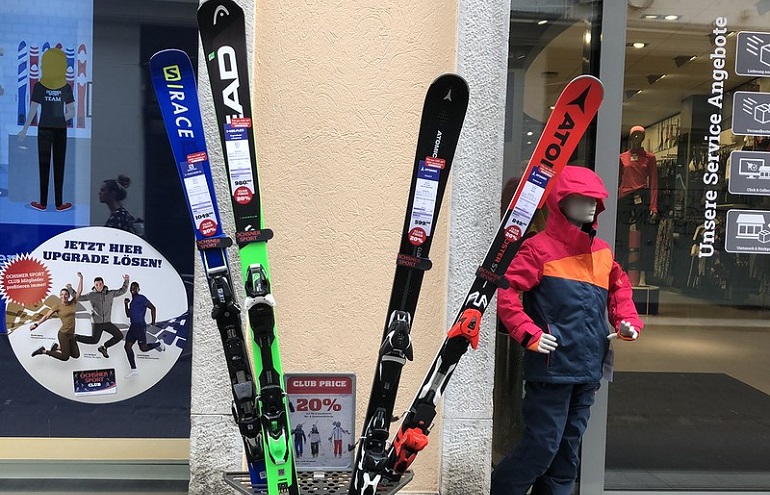
I am sure you are more than familiar with the supply and demand thing, aren’t you? Since the purchase rate of skis booms in the winter, suppliers tend to raise prices a little bit. Ultimately it is not at all an ideal time for purchase if you are up for saving money.
So, what do you do then? You buy the ski equipment off-season! Ever heard of inventory loss? No supplier wants that, so they put discounts on the last season’s models. In short, when ski shops offer deals or discounts to make room for new stock, you get the benefit of buying your own gear at a discounted price.
2. Buy Gently Used Skis
Remember, there is no guarantee of good performance when it comes to used skis. It is on you to find and test a pair of skis before renting it, as one cannot rely on word of mouth alone.
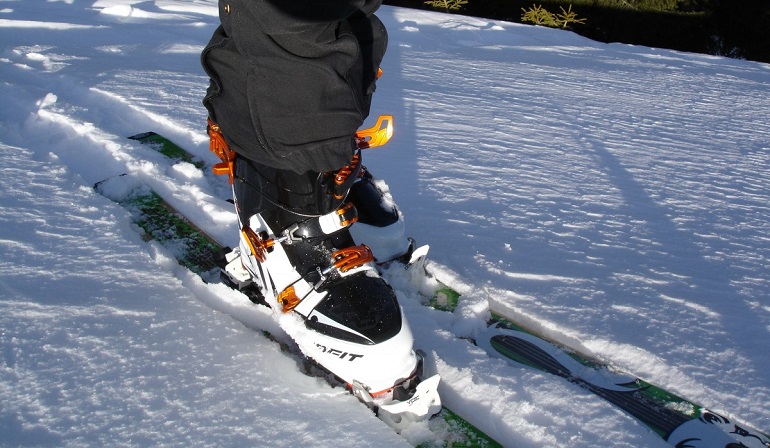
Finding a good-condition pair of skis at ski swap or Craiglist can prevent a huge dent in your wallet. Once a pair catches your attention, run a thorough inspection of the skis so you don’t end up buying trash. Keep in mind it is not a repairable product. On sites like that, you are expected to buy them for less than $100.
3. Don’t Get Sucked In by the Pretty Colors
All that glitters is not gold. Even though that color is a favorite of Samantha, Andrew, or you, you need to decide cautiously, as it can come with a heavy price tag. Budget friendliness abhors impulsive buying. Strangle your heart for a moment, and don’t get carried away. So, instead of drooling over graphics and colors, just ignore them.
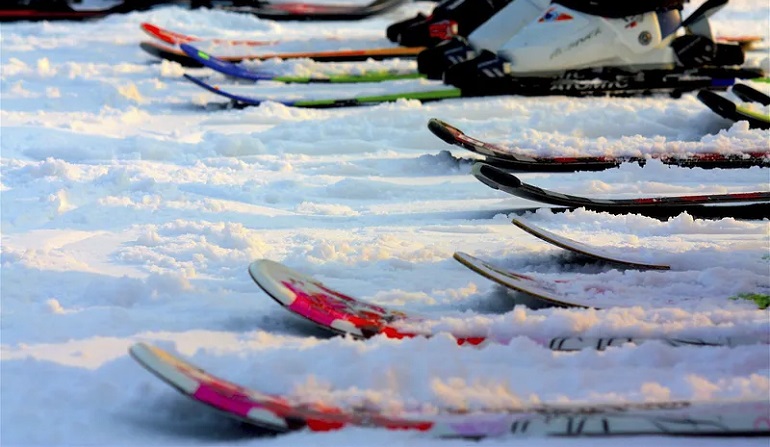
You see, manufacturers understand the psychology of their consumers. They are watching your every move and every decision, thus producing everything according to your likes and dislikes.
They know you lose control when it comes to colors that is why good graphic skis are tagged more expensive. Feel like a jackass now because you have been paying more for just that extra typography? Next time, stick to the standard colors, my buddy.
4. Do Your Research
If you fail to plan, you are planning to fail actually. If you hit a ski shop without proper research, a salesperson might take advantage of you. No, it is their job to sell things. Even if you say you will sleep on it and then decide, they will give you a look that screams we are not selling mattresses but skis, douchebag.
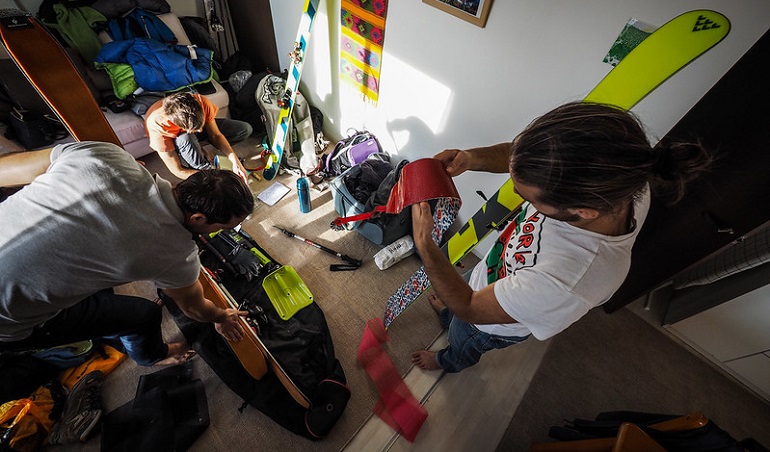
Haven’t you wondered why they all highlight expensive gear only? So, it would be better to figure out your style, your requirement for the equipment, and your budget before you go out.
5. Consider a Bundle Package
If you are a newbie, you are going to spend a lot on equipment. You need everything from gear to clothing, and skis are just the tip of the iceberg.
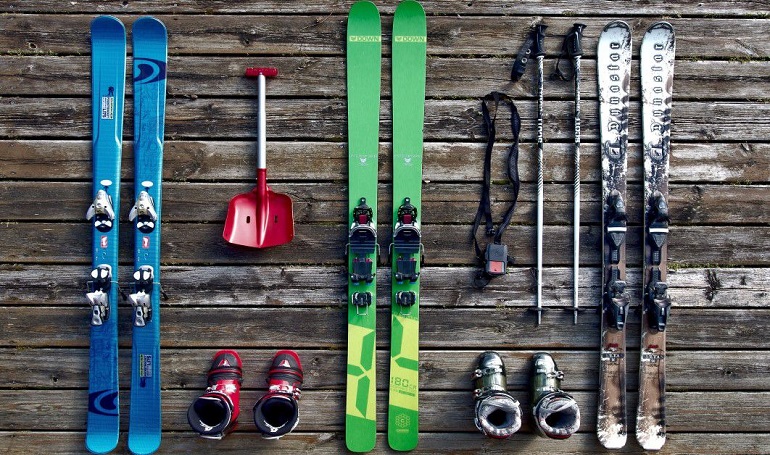
Buying all these accessories separately can add up quickly in making a heft bill. So, what is the solution? Going for ski packages aka bundle packages. However, before you finalize a deal, shop around and get a know-how of bundle items, like how much they cost separately.
Is Renting Worth It?
Yes! Renting skis is a good option, but the rent costs vary also. Most smaller hills will make you pay around $30 per day, while some huge resorts might cost you around $80 a day.

To rent skis is okay and more profitable as it can save you time as well as money. Just rent gear for a day or two and purchase a new pair of skis if it is really your thing.
Conclusion
Skis can prove quite expensive especially when you are not even sure about skiing your days. In a situation like that, it doesn’t remain a matter of money alone but time as well. Renting would be the best option then.
One needs to decide wisely what is it they really need.
0 Comments